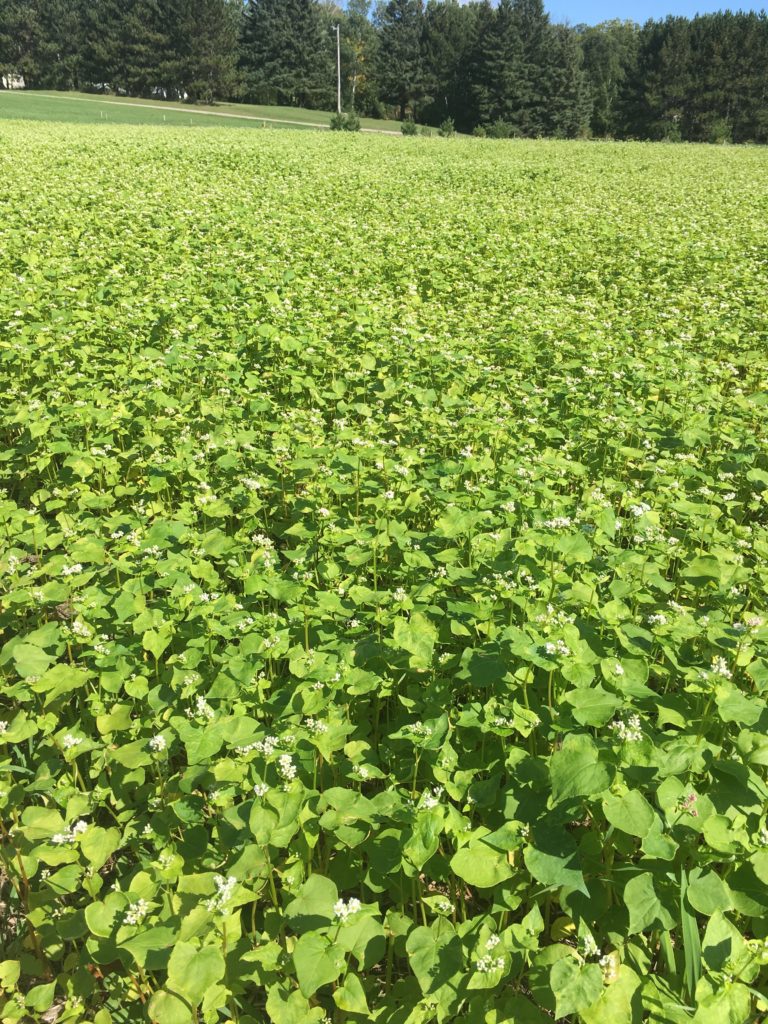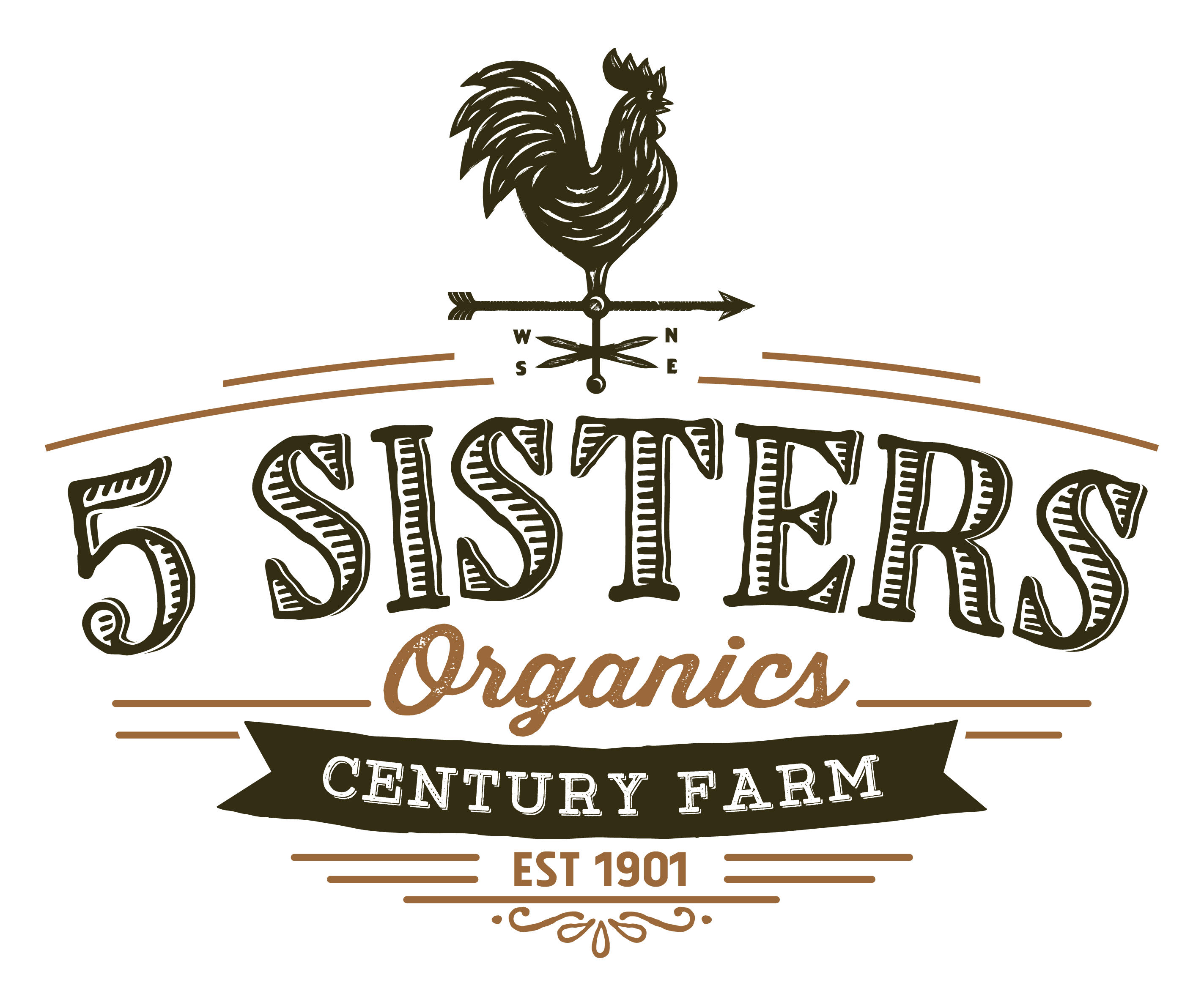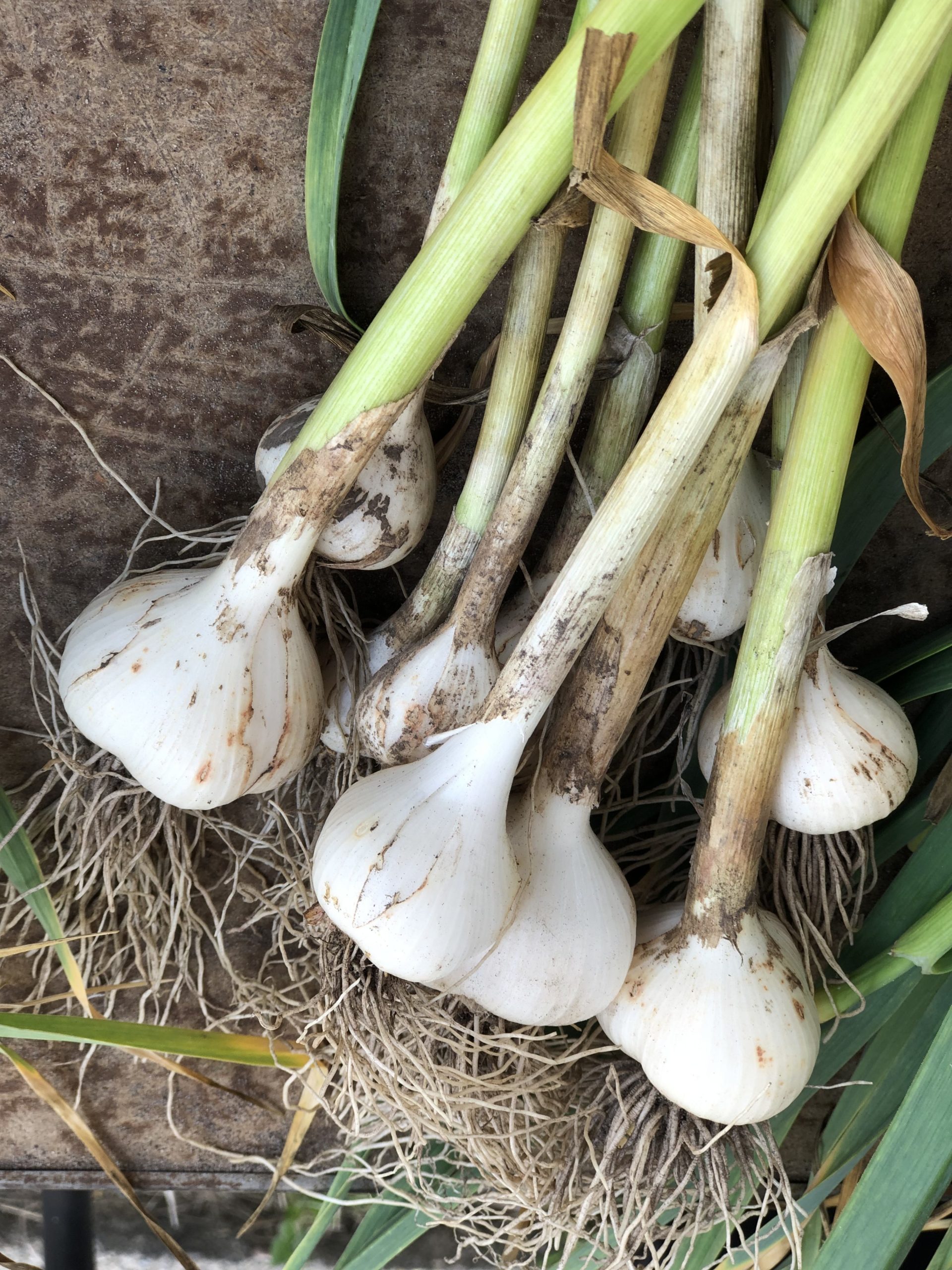5 Sisters Organics farm is, of course as the name implies, certified organic. Additionally, we use a method called Regenerative Farming, which is a new term for the way my grandparents and great grandparents always farmed the land.
What Went Wrong in American Farming
In recent decades in America, farmers turned away from regenerative farming on small family farms and turned toward industrial agriculture on large-scaled plots of land. The industrial method hypothesized that they could grow more crops if they focused on a single crop, used tilling methods, and used chemical fertilizer/herbicide/pesticide to control the crops and amend the soil. What they’ve ended up with is a lot of dead soil and low income from the land.
Regenerative Farming – Definition
Regenerative farming, on the other hand, is a “system of farming principles
and practices that increases biodiversity, enriches soils,
improves watersheds, and enhances ecosystem services” (Terra Genesis International). To put it simply, regenerative farming nourishes the land through things that already come from the land.
How Do Cover Crops Work?
We believe that healthy food starts with healthy soil, so we use a rotating cover crop method to nourish and support our soil. The concept of a cover crop is that we purposefully plant and grow plants in a field so that we can gently till them into the land, let them decompose, and they become the nutrients to build the soil. Nothing in this process comes from a test tube or a lab; everything we need already comes from the earth. Another great method for nourishing soil is to rotate animals through the field so their manure can decompose and become nutrients for the field. We don’t actively have animals on our land, so we are using cover crops.

Here is our 3 Year Plan: Whenever you grow something in a field, the plants use the nutrients in the soil to grow, so in order to have healthy soil into the future, we need to build up the nutrition in the soil again – just the way a body or a car works. We have 3 garlic fields right now, so we have them on a 3 year rotating cycle. Let’s call the fields A, B, and C. This year we are planting in field A. Field B does not get planted; it is in its second year of cover crops, and that’s where we will plant next year. Field C does not get planted; it is in its first year of cover crops, so that’s where we will plant in two years.
What do we use for cover crops? We have studies the kind of nutrition garlic likes, so we plant buckwheat, rye, fescue, and oats. We have a clear plan of which order we plant, how long it grows, and how we disc it into the soil (we are a no-till farm, but that’s another blog).
So that’s how we will bring you nutritious and organic garlic (and other things to come) long into the future by copying the past.
.

